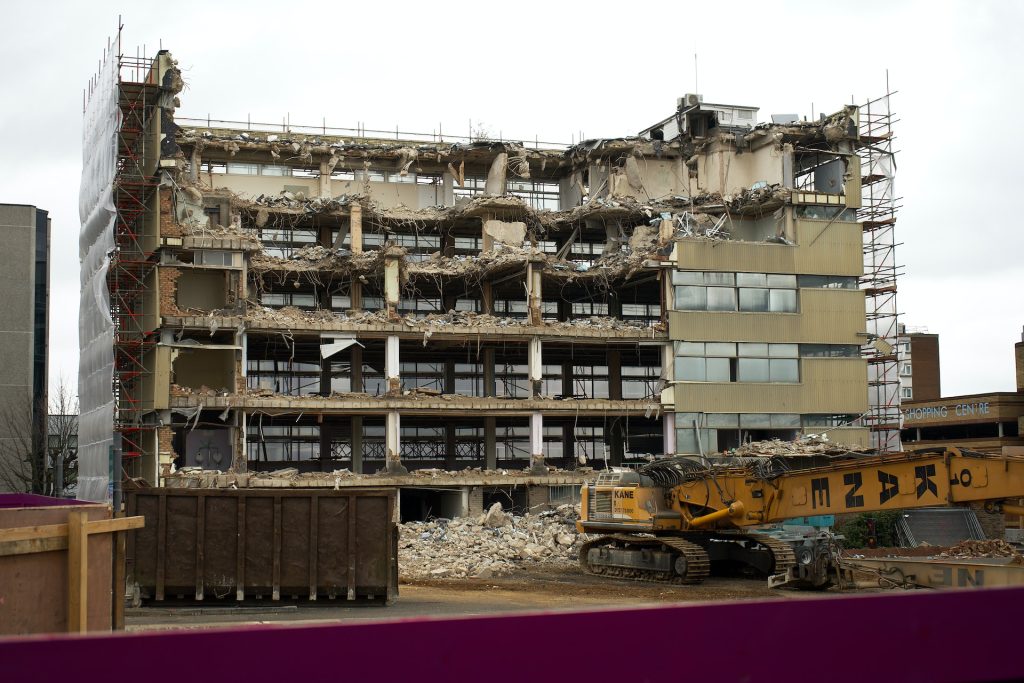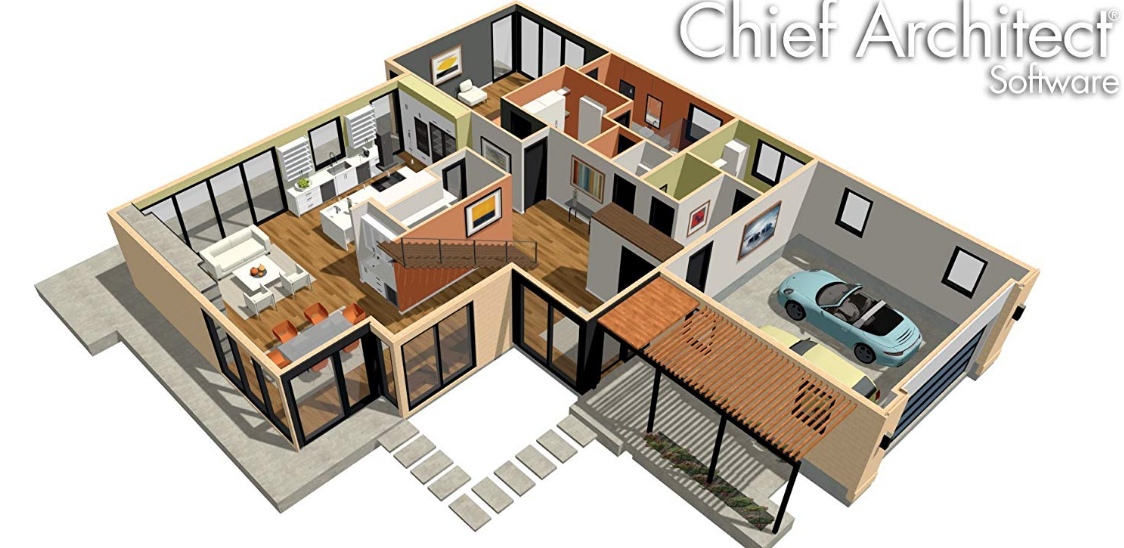Demolition from the Inside Out
Interior demolition is a crucial step in the overall demolition process of a building. It involves the removal of internal structures, services and utilities, and the decommissioning of any hazardous materials. This in-depth look at the interior demolition process will explore the importance of proper planning and coordination, the techniques used for removing internal structures, and the role of specialized contractors and workers.
The ultimate goal is to ensure that the interior demolition is performed safely, efficiently, and in accordance with regulations and standards. Whether you are an architect, contractor, or building owner, this post will provide valuable insights into the intricacies of interior demolition and the steps that can be taken to ensure its success.
The Importance of Proper Planning
A successful interior demolition project requires a significant amount of planning and coordination between all parties involved. The first step in this process is to identify all of the different stakeholders and ensure that everyone is on the same page. This includes the building owner, contractor, architects, engineers, and any specialized workers involved in the demolition process. Coordination between these various parties is critical to ensuring that the interior demolition is performed safely, efficiently, and in accordance with regulations and standards.

One of the most important elements of proper planning is the assessment of hazardous materials that may be present in the building. This includes anything from asbestos to lead-based paint, and it is crucial to have a clear understanding of the risks associated with these materials and the appropriate removal procedures. This information should be shared with all relevant parties, and the proper safety equipment and procedures should be in place to ensure that workers are protected.
Finally, it is essential to have a detailed demolition plan in place, outlining all of the steps involved in the interior demolition process. This plan should include a timeline, a description of the methods to be used, and a clear understanding of the responsibilities of each party involved. A well-constructed plan will help to avoid any misunderstandings or miscommunications during the demolition process, and it will ensure that the interior demolition is completed on time and within budget.
The Removal of Internal Structures
Once the proper planning has been completed, the next step in interior demolition is the removal of internal structures such as walls, floors, and ceilings. Several techniques can be used for this purpose, including hand-held tools like sledgehammers and crowbars or specialized equipment like hydraulic excavators and concrete saws. The technique used will depend on the type of structure being removed, the size of the building, and the amount of space available for demolition equipment.
Specialized equipment and tools play an important role in interior demolition, and it is essential to choose the right tools for the job. This includes everything from hand-held tools to heavy machinery, and it is important to have a clear understanding of the limitations and capabilities of each tool. In addition, the right equipment can help to ensure that the demolition is performed quickly and efficiently, minimizing the risk of injury to workers and minimizing the potential for damage to the surrounding structure.
Finally, safety is always a top priority during interior demolition. This includes the safety of workers, as well as the safety of the surrounding structure and the public. Workers should be properly trained in equipment and tools, and the appropriate safety equipment, such as hard hats, safety glasses, and dust masks, should be worn at all times.
In addition, it is important to have a clear emergency plan in place and to ensure that workers are aware of their responsibilities in the event of an emergency. By taking these precautions, it is possible to minimize the risk of injury and ensure that the interior demolition is performed safely and efficiently.
Services and Utilities
One of the key elements of interior demolition is the removal of electrical, plumbing, and HVAC systems, which can be complex and time-consuming. The first step in this process is to disconnect these systems and ensure that they are properly capped or sealed to prevent leaks or accidents. This can be challenging, and it is important to have the right expertise and experience to ensure that the decommissioning is performed safely and efficiently.
Once the systems have been disconnected, it is important to properly dispose of any hazardous materials that may have been generated during the demolition process. This includes everything from electrical wires to plumbing pipes. It is crucial to follow all relevant regulations and standards to ensure that these materials are disposed of in an environmentally-friendly manner.
Finally, it is essential to decommission the systems in a safe and efficient manner. This may involve the removal of entire systems, or the decommissioning of specific components, and it is important to have a clear understanding of the steps involved. By working closely with the building owner, contractor, and any specialized workers, it is possible to ensure that the services and utilities are decommissioned safely, efficiently, and in accordance with regulations and standards.
The Role of Specialized Contractors and Workers
One of the key factors in ensuring a successful interior demolition is the use of specialized contractors and workers. These individuals bring a wealth of experience and training to the demolition process and are essential to safely and efficiently removing internal structures, services, and utilities.
Experience and training are critical in interior demolition, and choosing contractors and workers with the right skills and expertise is essential for the job. This includes an understanding of the latest demolition techniques, the proper use of equipment and tools, and the ability to work safely and efficiently.

In addition, specialized contractors, like demolitionsbrisbane.com.au, are often required for the removal of hazardous materials, such as asbestos and lead. These contractors have the knowledge and experience to handle these materials properly and to ensure that they are disposed of in accordance with regulations and standards.
Finally, safety personnel play a critical role in ensuring a safe demolition environment. This includes the development of emergency plans, the provision of appropriate safety equipment, and the monitoring of work practices to ensure that they are in accordance with regulations and standards. By working closely with the building owner, contractor, and specialized workers, safety personnel can help to ensure that the interior demolition is performed safely and efficiently, minimizing the risk of injury to workers and minimizing the potential for damage to the surrounding structure.
Interior demolition is a complex and challenging process that requires careful planning, coordination, and expertise. From assessing hazardous materials to removing internal structures and services and decommissioning systems, every aspect of the demolition must be carefully considered and executed to ensure a safe and efficient outcome.
Specialized contractors and workers play a critical role in this process, bringing their experience and training to the task. They work closely with the building owner, safety personnel, and other relevant parties to ensure that the demolition is performed in accordance with regulations and standards, and that the risk of injury and damage is minimized.
By planning and coordinating the interior demolition process properly, it is possible to ensure that the work is performed safely and efficiently and that the building is left in a condition that is suitable for its next use. Whether you are a building owner, contractor, or safety personnel, you must have a deep understanding of the interior demolition process and work closely with specialized contractors and workers to achieve your goals.







Comments are Disabled